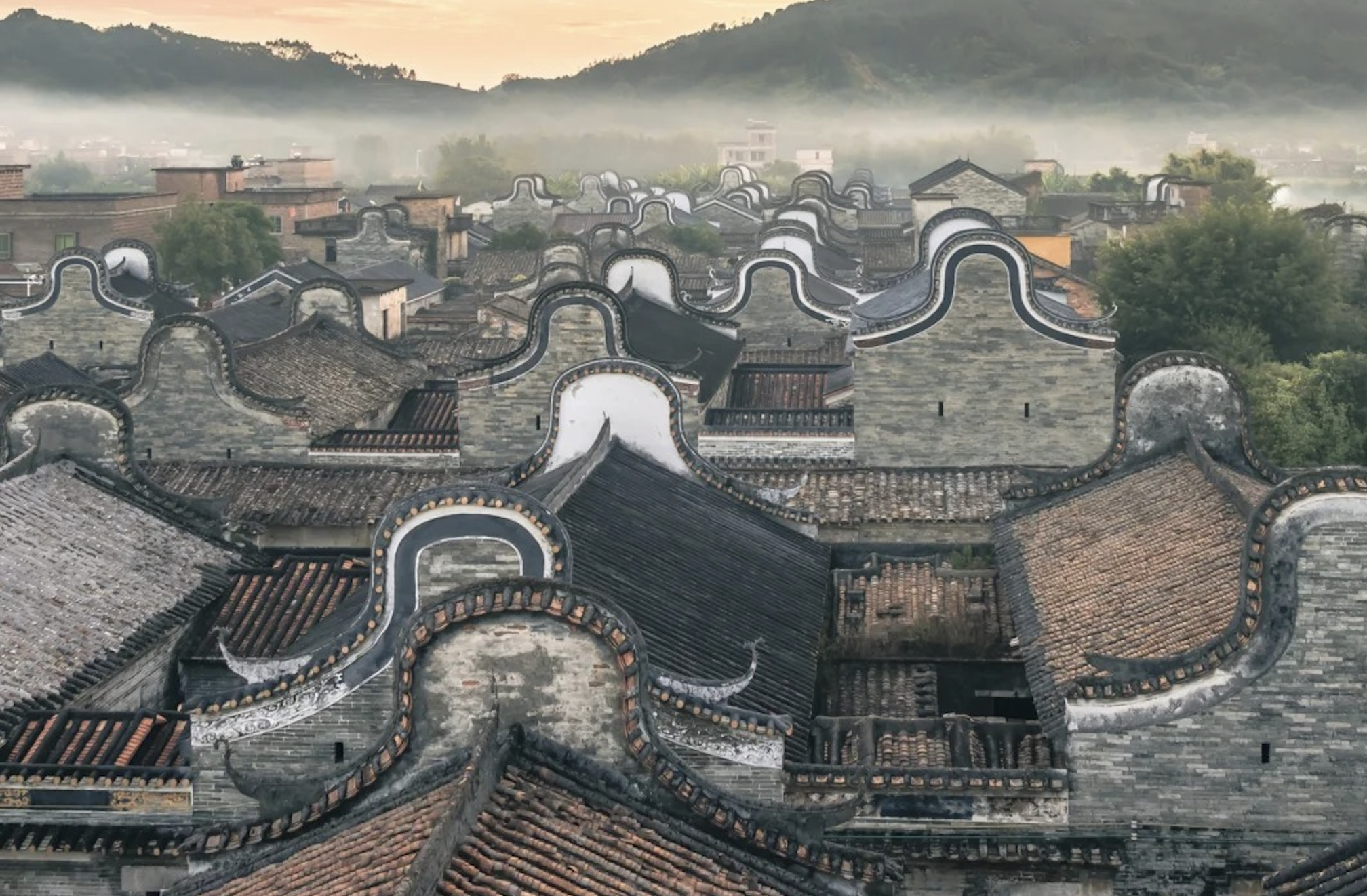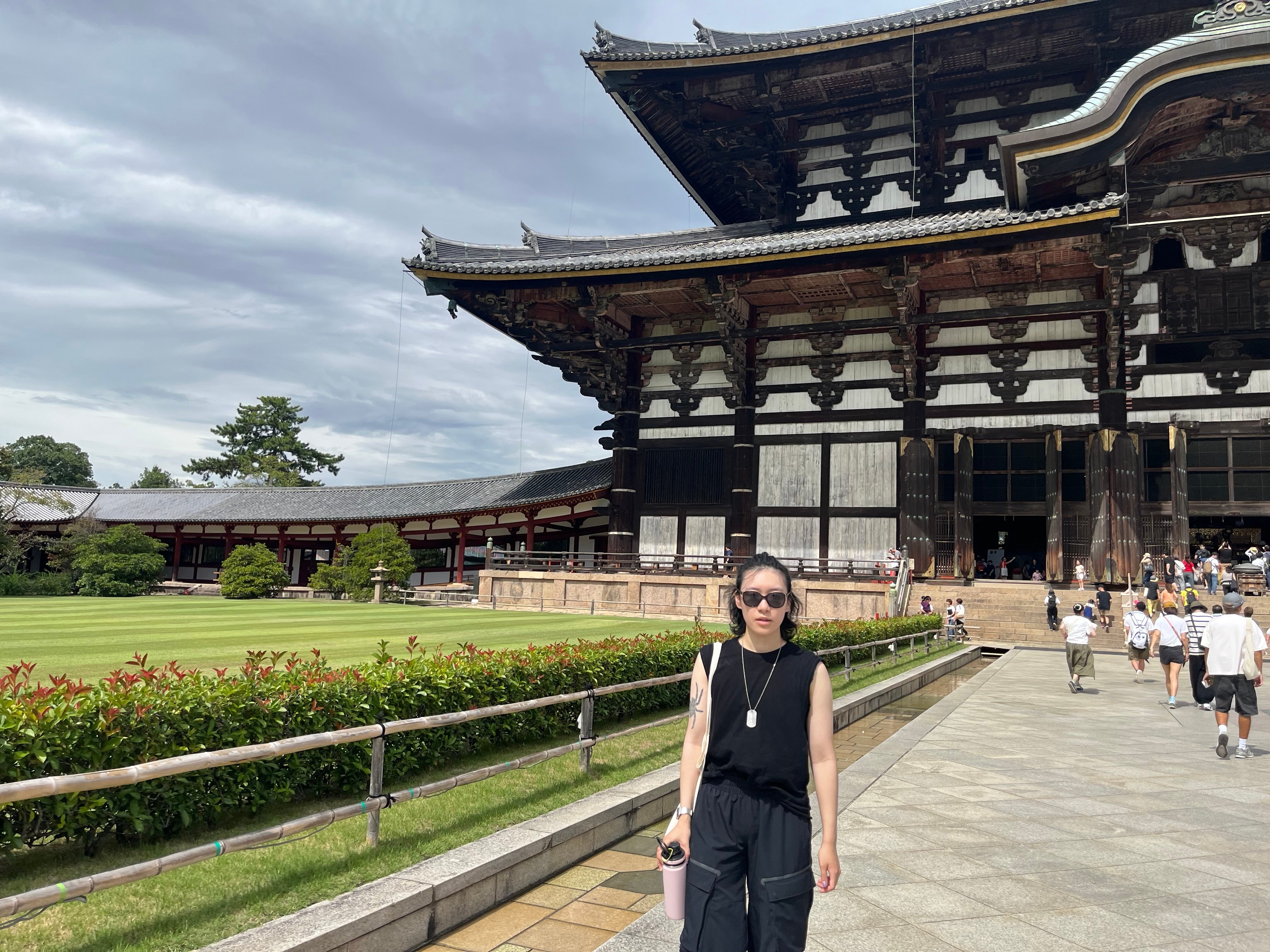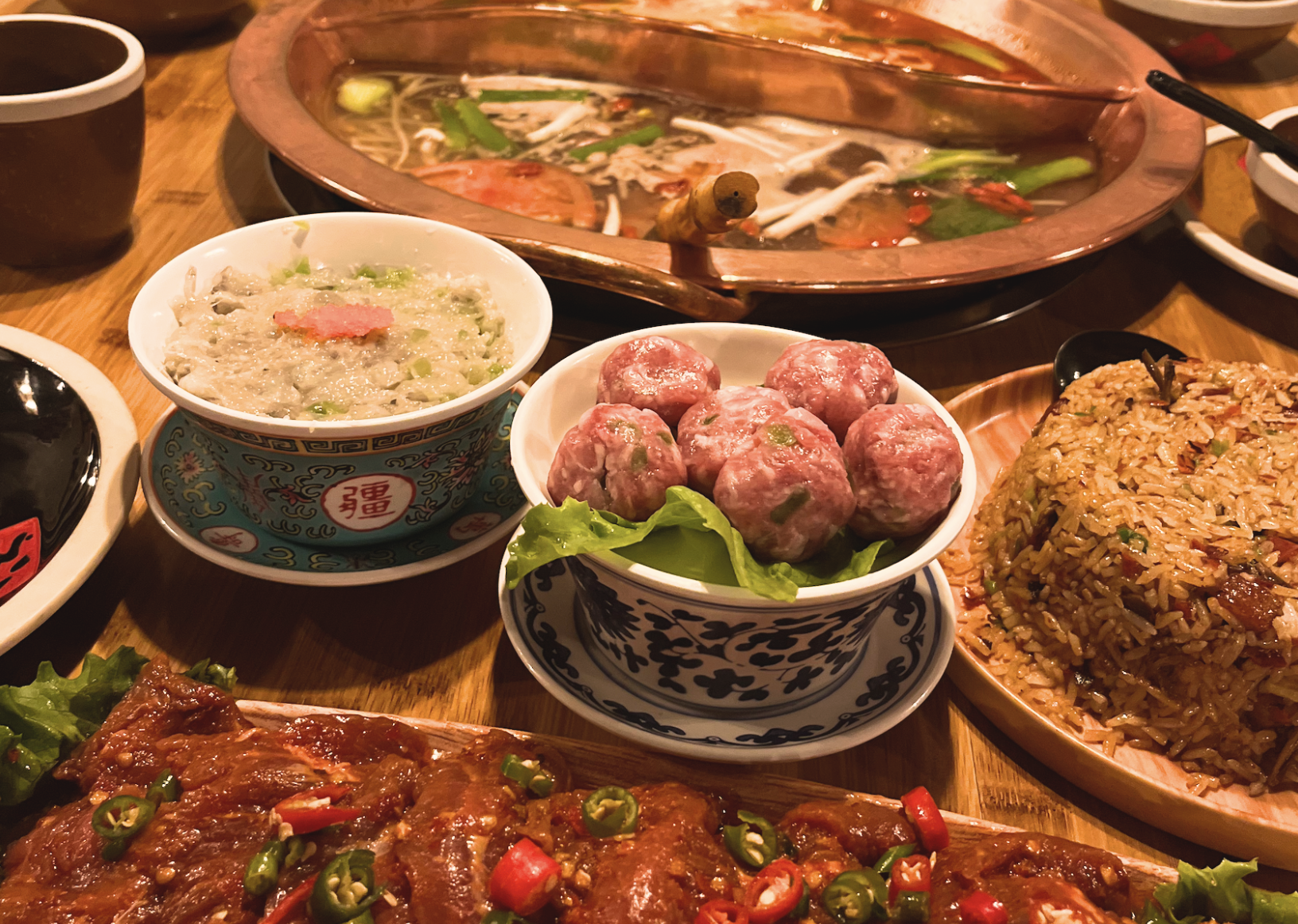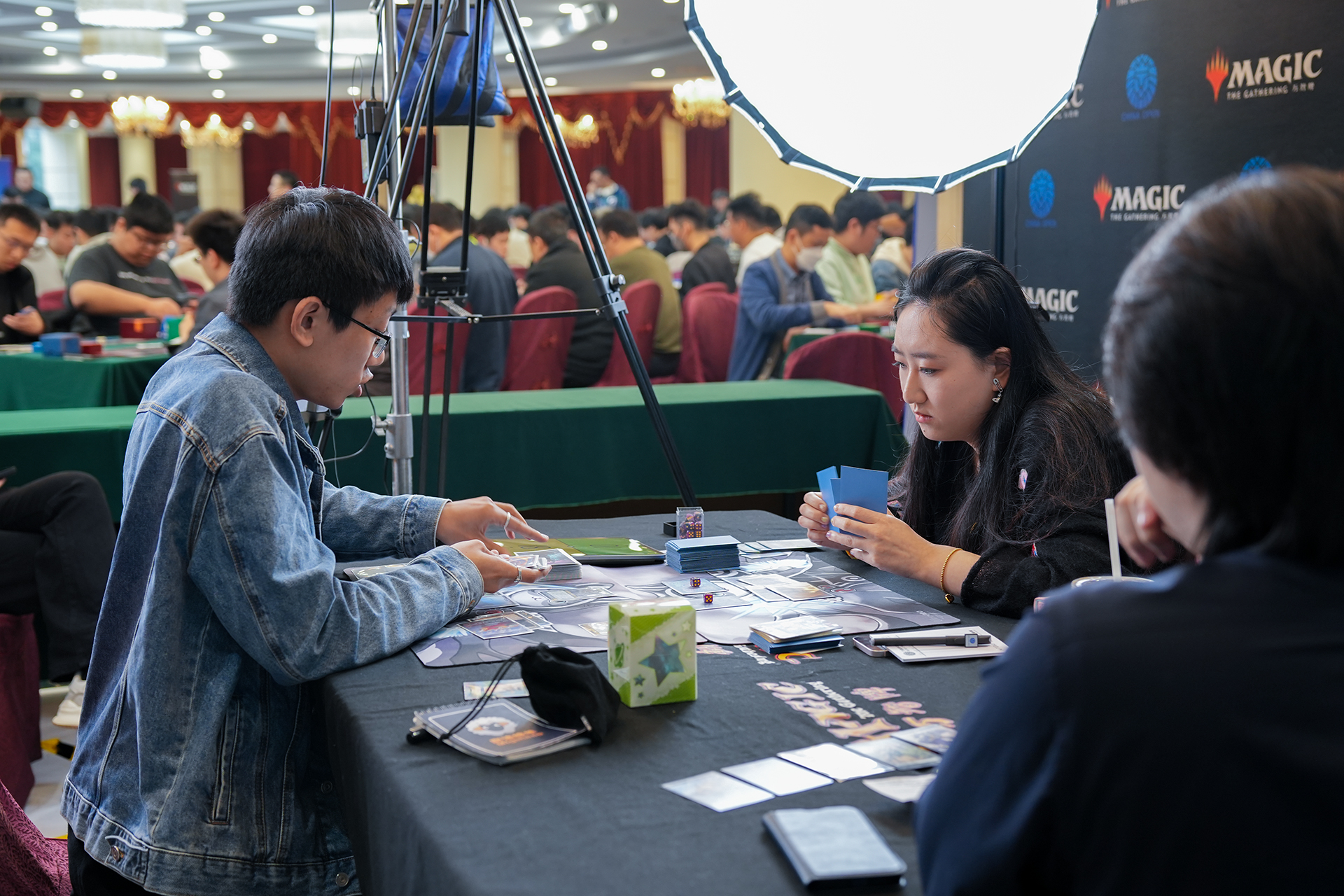It’s National Day week, China’s public holiday commemorating the country’s founding in 1949. Across the nation, residents enjoy a weeklong break from work and school, with many opting for domestic travel. Even before the holiday officially began, the top-trending tag on RedNote was: “Those who left ahead of the National Day rush are already stuck in traffic.” According to the Ministry of Culture and Tourism, 765 million people traveled domestically during the 2024 National Day holiday, spending a total of 700.8 billion RMB ($98.8 billion USD).
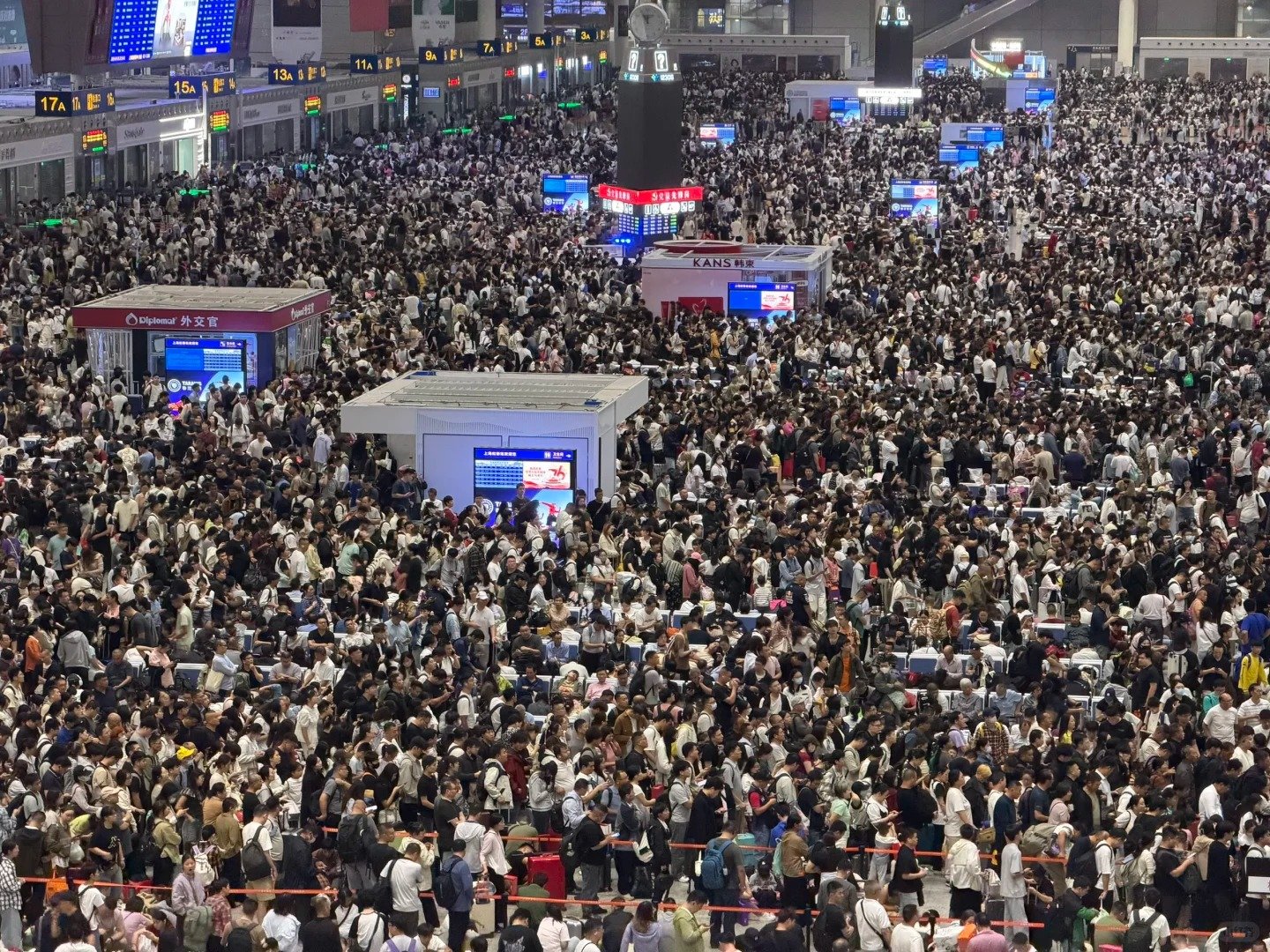
Major cities such as Shanghai, Beijing, and Chongqing are unsurprisingly overflowing with visitors. But even so-called “less popular” destinations like Zibo, Dunhuang, and Jingdezhen aren’t immune. Take the desert city of Dunhuang, for example, netizens joked that the sheer number of tourists makes the scene look like an army preparing to march on nomads.
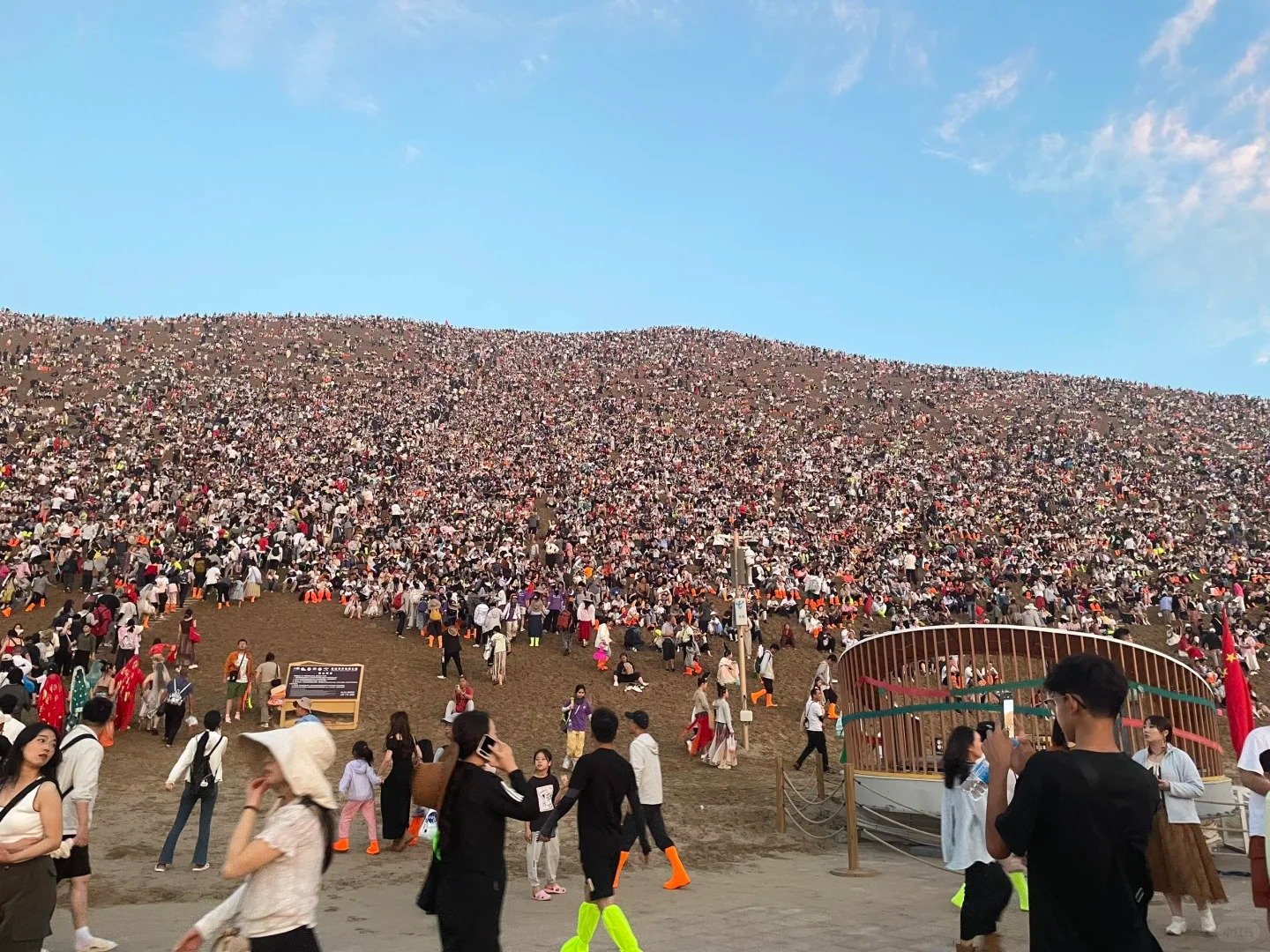
With all this cramped chaos, there has been a recent trend in “reverse travel” (fǎn xiàng lǚ yóu, 反向旅游), which has surged in popularity during National Day week. Rather than flocking to crowded hotspots, travelers are opting for intimate, third or fourth-tier cities, or even remote scenic villages, for a more relaxed and stress-free holiday.
These places can be harder to discover, so to mark this year’s National Day, RADII has compiled a list of 10 Chinese cities that are perfect for “reverse travel.”
Northern: Yuncheng (运城) and Datong (大同)
In Shanxi Province in northern China, Yuncheng (运城) and Datong (大同) have recently gained attention thanks to Black Myth: Wukong, which drew inspiration from the local landscapes and architecture. The provincial Culture and Tourism Department has even funded travel packages highlighting sites featured in the game. For anyone eager to step into the Black Myth world irl, these two cities are the place to start.
Yuncheng is a history lover’s dream, home to 102 nationally protected cultural relics, including temples, tombs, and Neolithic ruins. Its treasures range from fully wooden ancient temples to stone carvings and murals. Don’t miss the Stork Tower (鹤雀楼) and Fusheng Temple (福胜寺), both featured in Black Myth: Wukong.
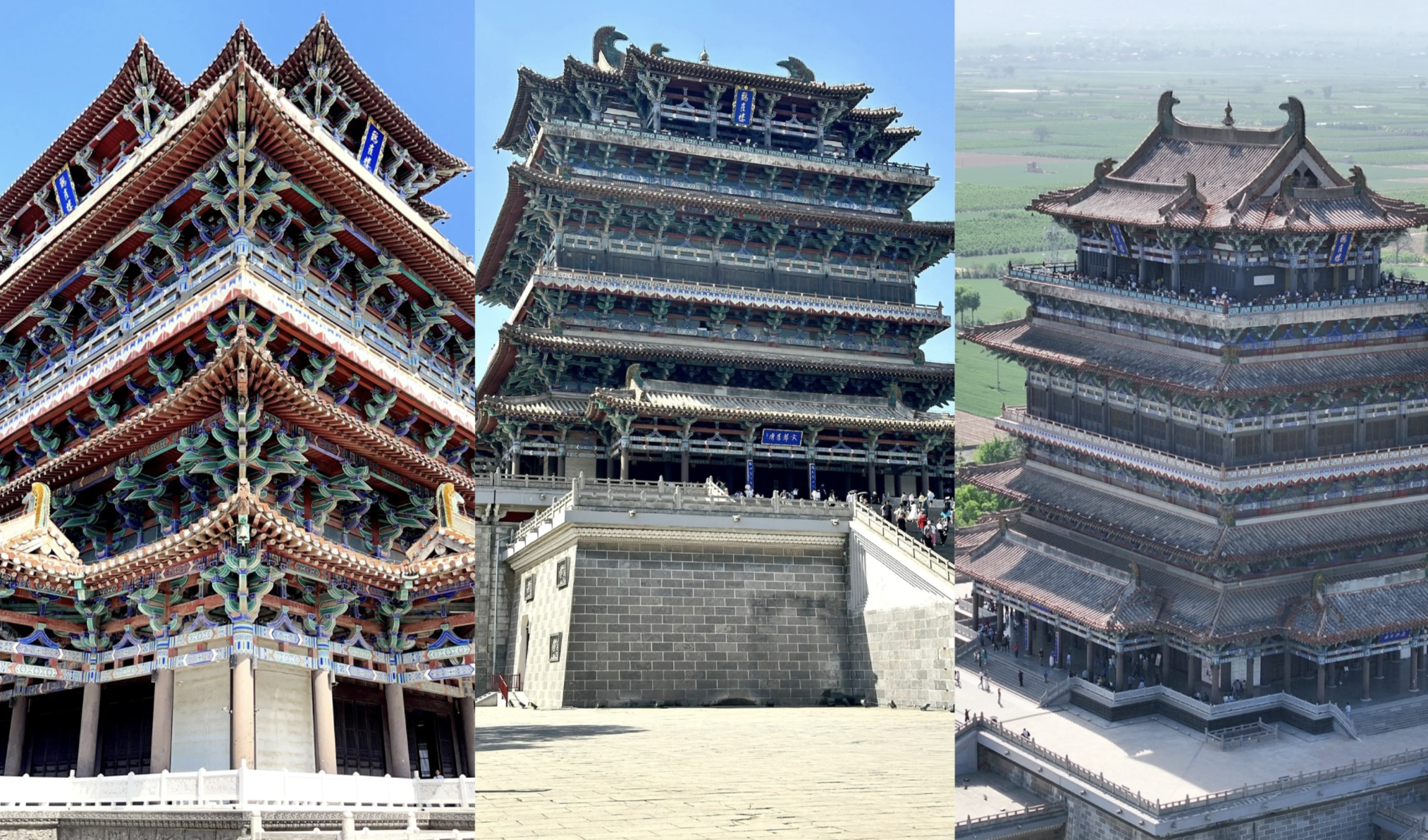
Datong offers not only an array of heritage sites, sculptures, and temples but also abundant natural scenery. The Hanging Temple (悬空寺), built into a cliffside, is a must-see, as is the city’s old town. For something more under-the-radar, check out the Datong Coal Museum or venture to a chain of more than thirty volcanoes just three hours away from the city center.
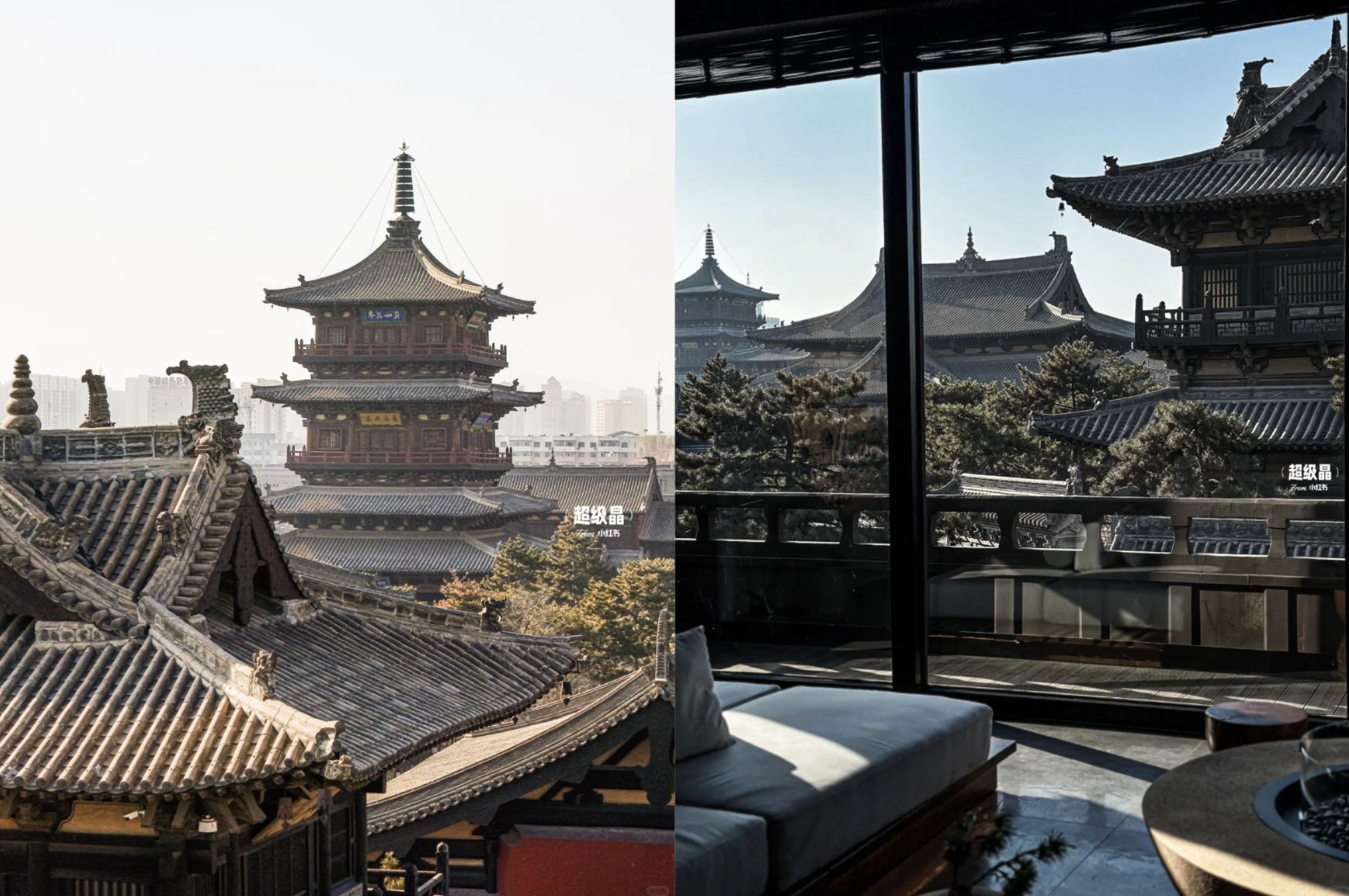
Southwest: Gao County (高县), Pu’er (普洱), and Chatong (茶峒)
In the Southwest, known for its spicy cuisine and dramatic mountain landscapes, you’ve probably already heard of Chongqing’s cyberpunk skylines, or the Zhangjiajie floating mountains that inspired Avatar (2009). It’s time to check out Gao County (高县) in Sichuan, the filming site for Journey to the West (2021), one of China’s most acclaimed sci-fi films in recent years. While there, don’t miss Gao County’s traditional hotpot, listed as one of China’s intangible cultural heritages.
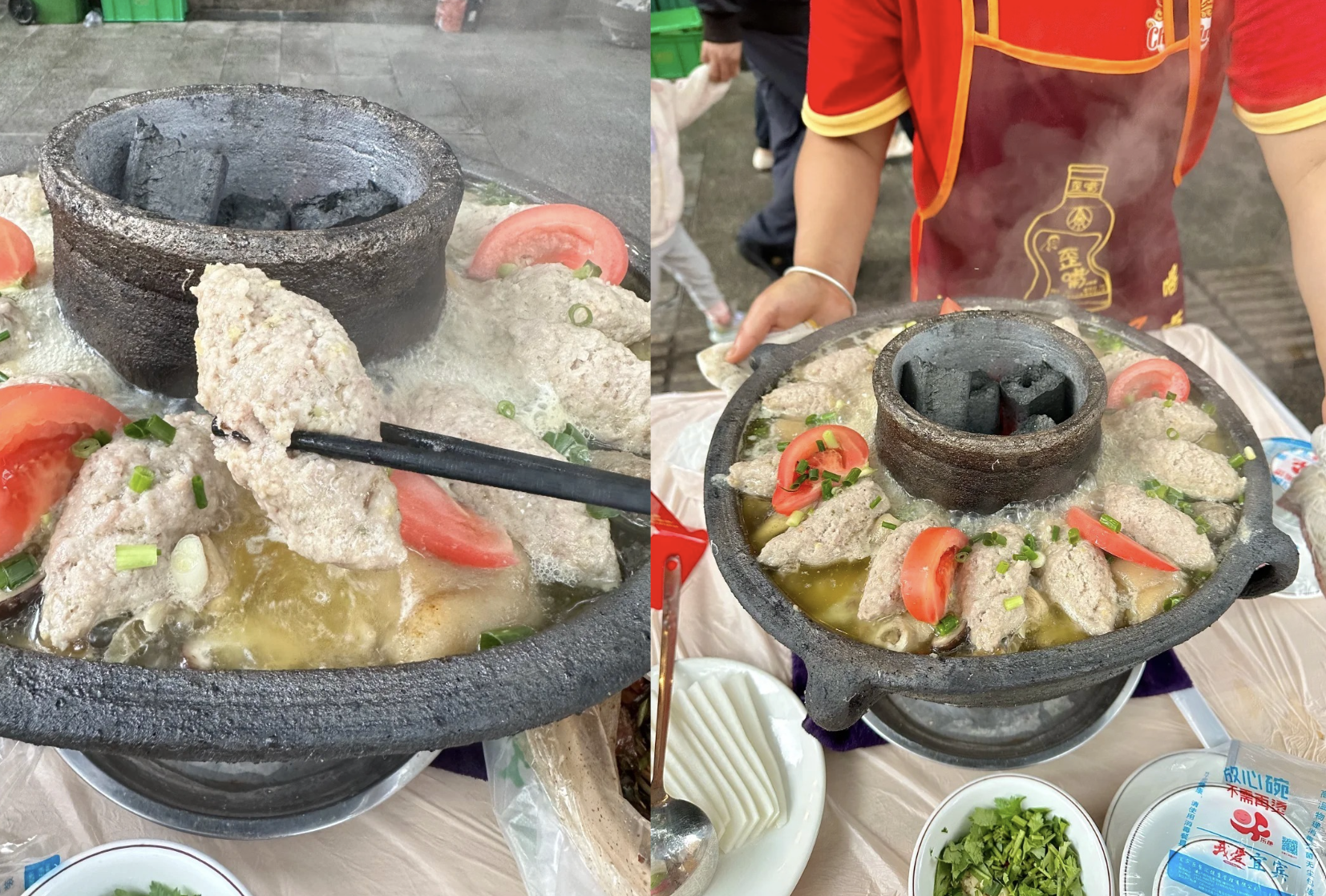
In Yunnan Province, the city of Pu’er (普洱) is China’s tea capital and the birthplace of Pu’er tea. With its rich, earthy flavor and subtle sweetness, you must experience it right at the source. Visitors can tour tea farms and local shops, soak in the laid-back township lifestyle, and get a little tea drunk along the way.
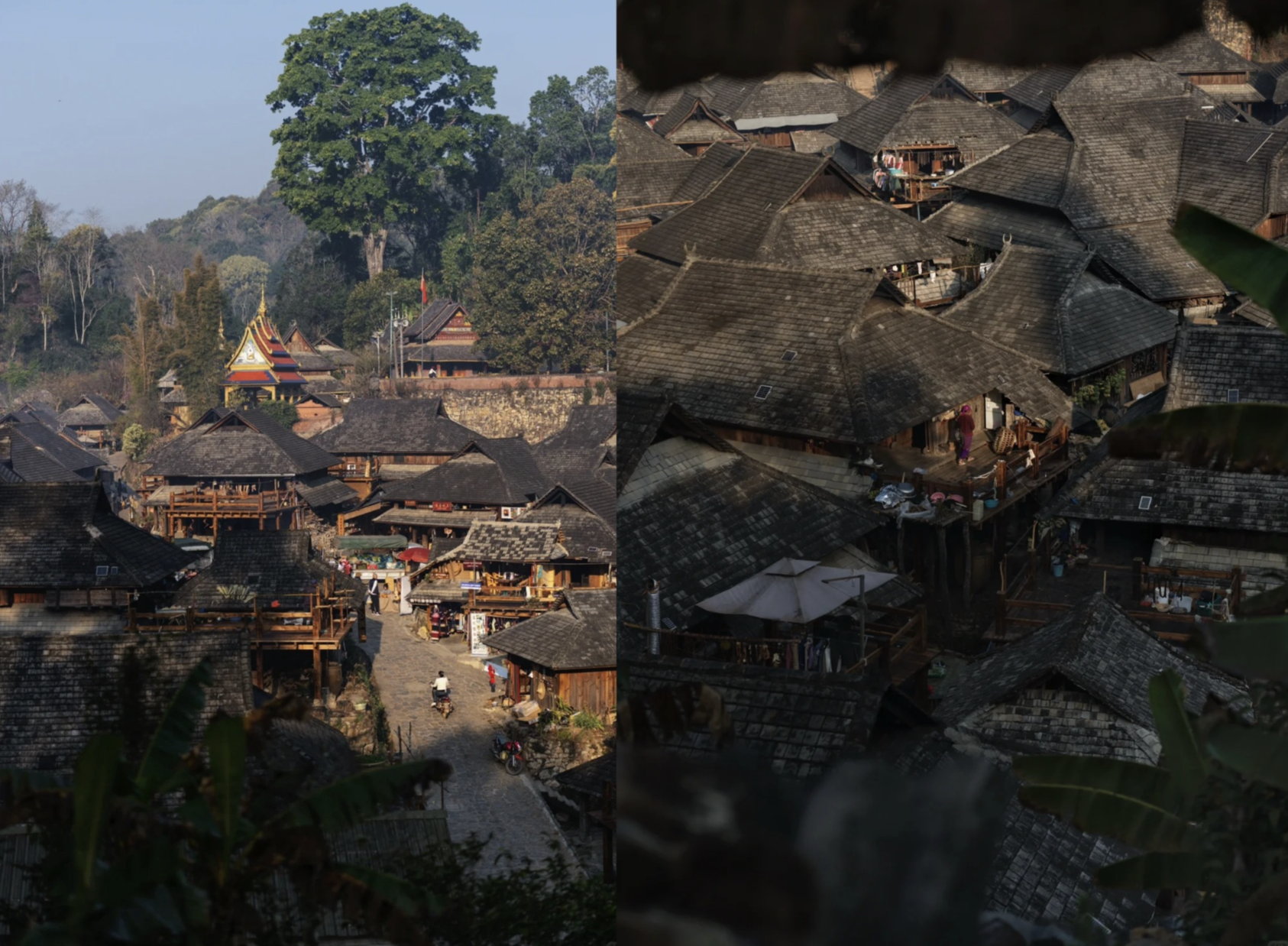
Finally, Chatong (茶峒) in Hunan Province is a well-preserved ancient town situated at the intersection of Sichuan, Hunan, and Guizhou. Locals say you can sample the cuisines of all three provinces in a single day. Like Pu’er, Chatong is a small and easygoing spot, ideal for unwinding before tackling busier destinations.
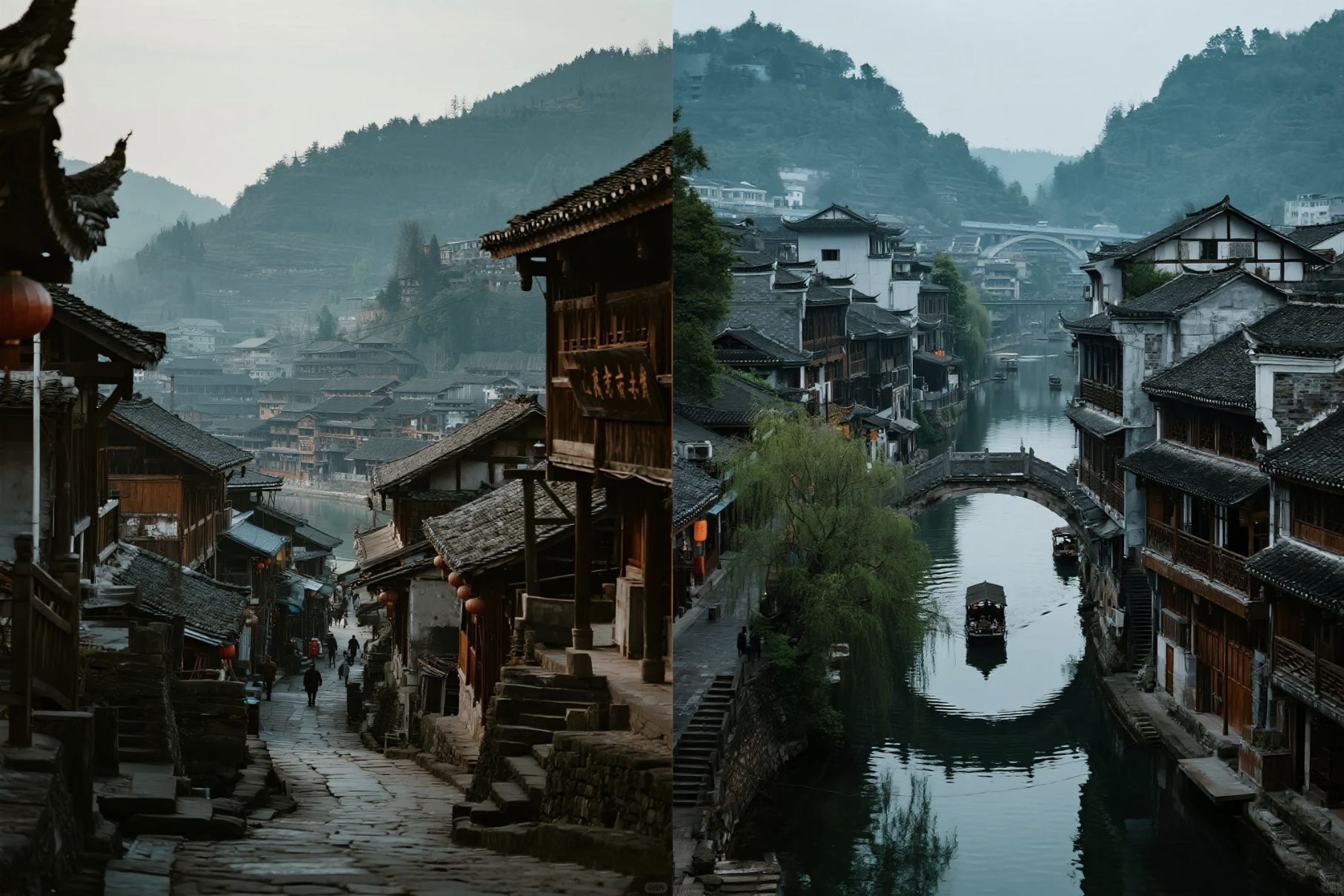
South: Zhangzhou (漳州) and Qingyuan (清远)
Further south, two cities stand out for architecture enthusiasts. In Fujian Province, Zhangzhou (漳州) is a hub of Hokkien culture and the gateway to Tulou buildings—circular, enclosed, earthen dwelling complexes dating back to the 12th century. Typically five to eight stories tall, the Tulous are self-sufficient and can house entire villages. While here, make sure to check out the traditional Minnan dances and cultural performances.
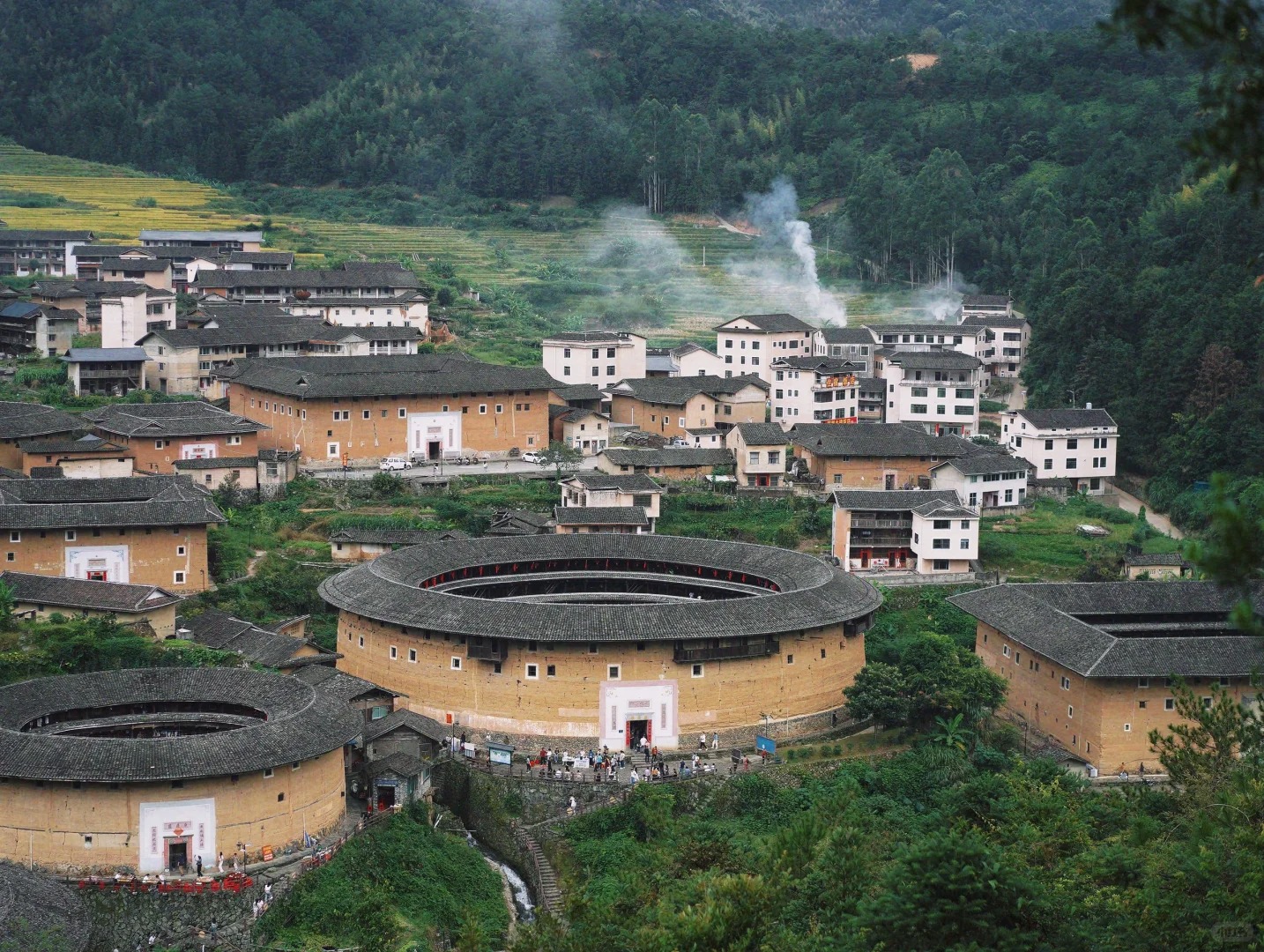
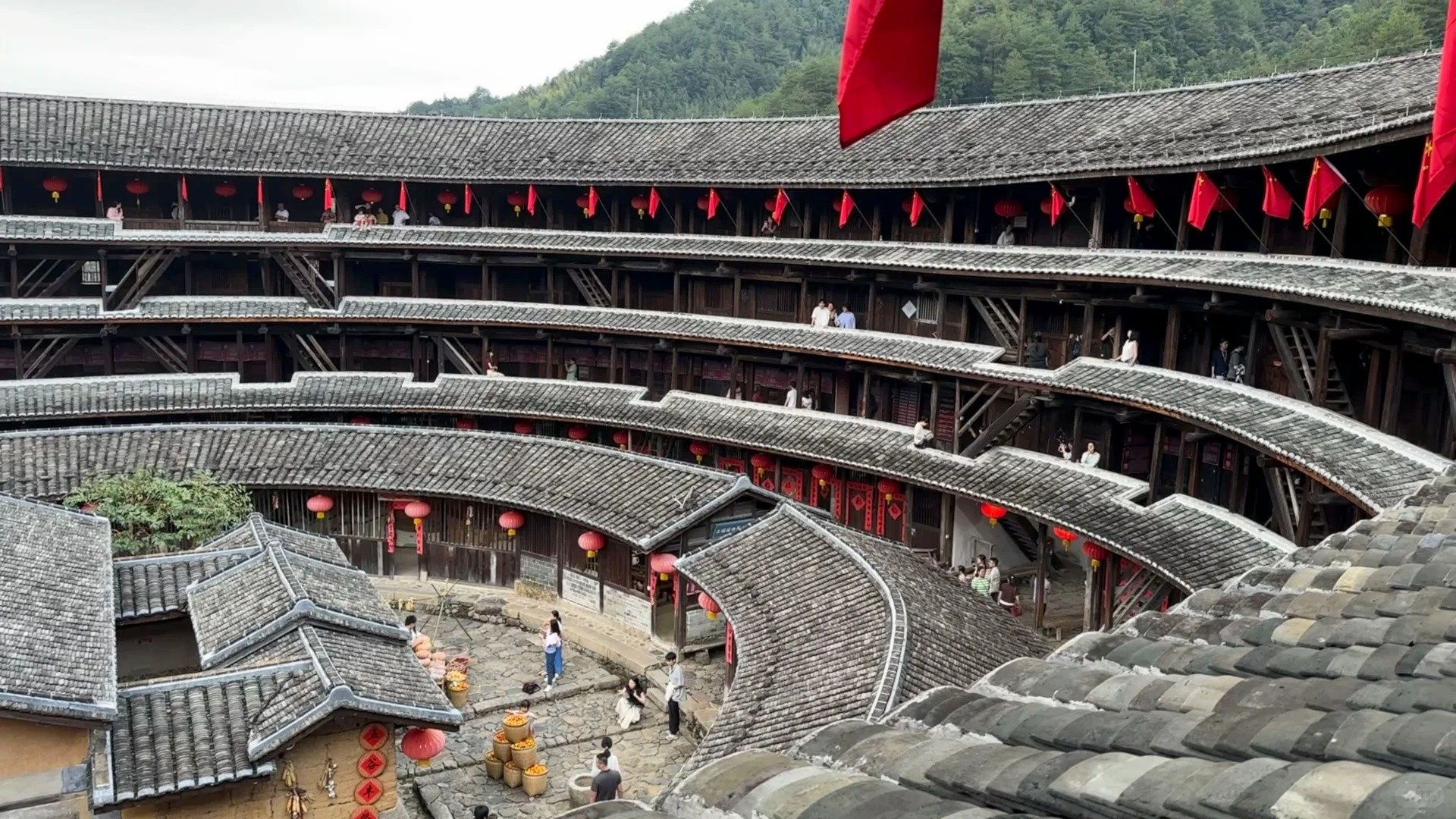
In Guangdong Province, Qingyuan (清远) combines natural beauty and historic architecture, alongside Cantonese cuisine. Head to Shangyuecun (上岳村), a remarkably preserved Song Dynasty village that is still inhabited today, with roof facades mimicking the surrounding mountains. The area also offers abundant hiking trails and caves, making it perfect for travelers seeking both history and adventure.
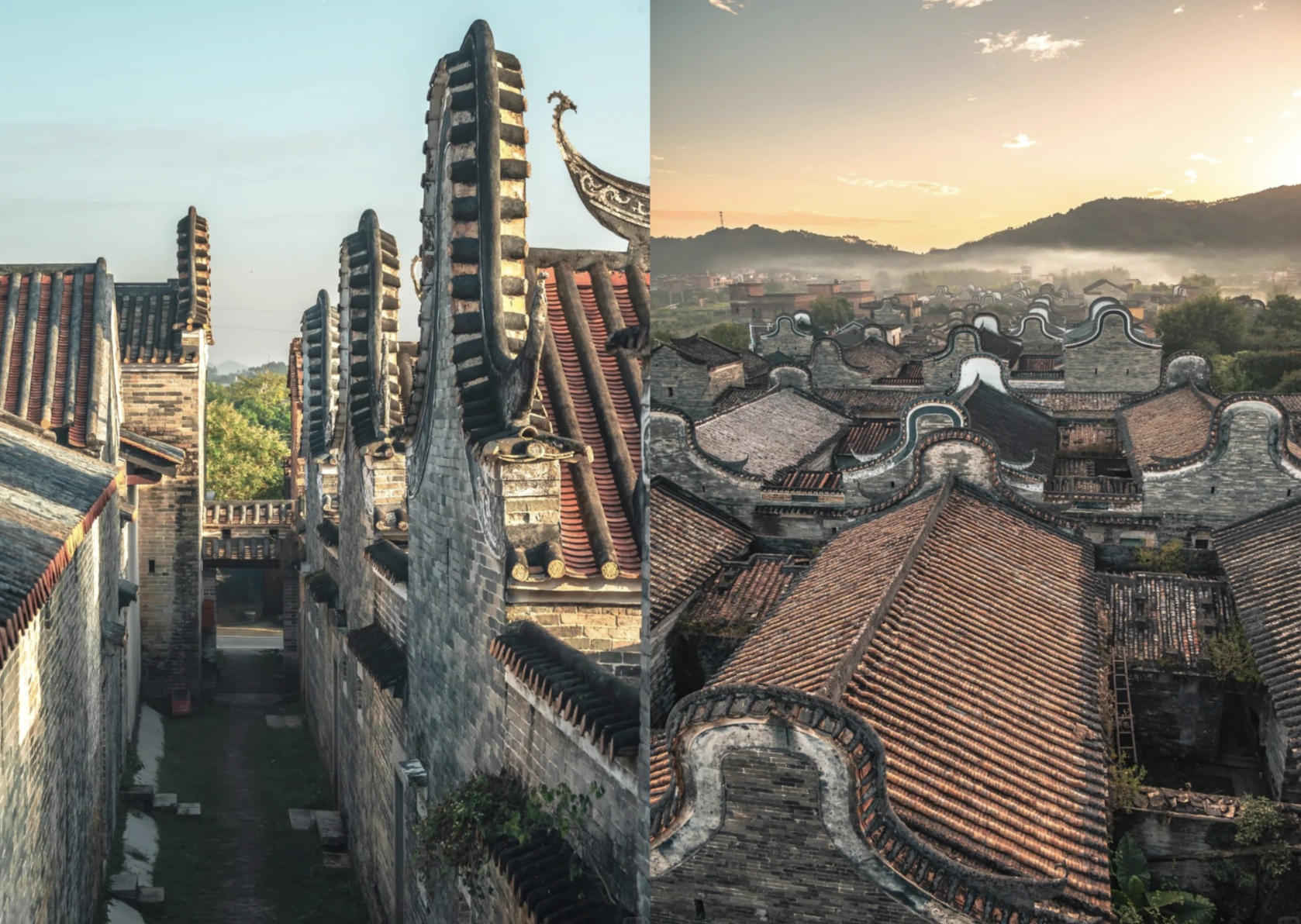
Nature-based: Taizhou (台州), Da Hinggan Ling (大兴安岭), and Arxan (阿尔山)
For nature lovers, Taizhou (台州) in Zhejiang Province, known as the city of oceans and mountains, is a must. The God Immortal Scenic Area (神仙居) lives up to its name, with cloud-wrapped peaks, ancient forests, and sky bridges linking the mountaintops. For a coastal experience, rent a car and explore the nearby Dachen Islands. Finally, be sure to sample the region’s rice-based street foods, from flatbreads to mochi cakes and noodles.
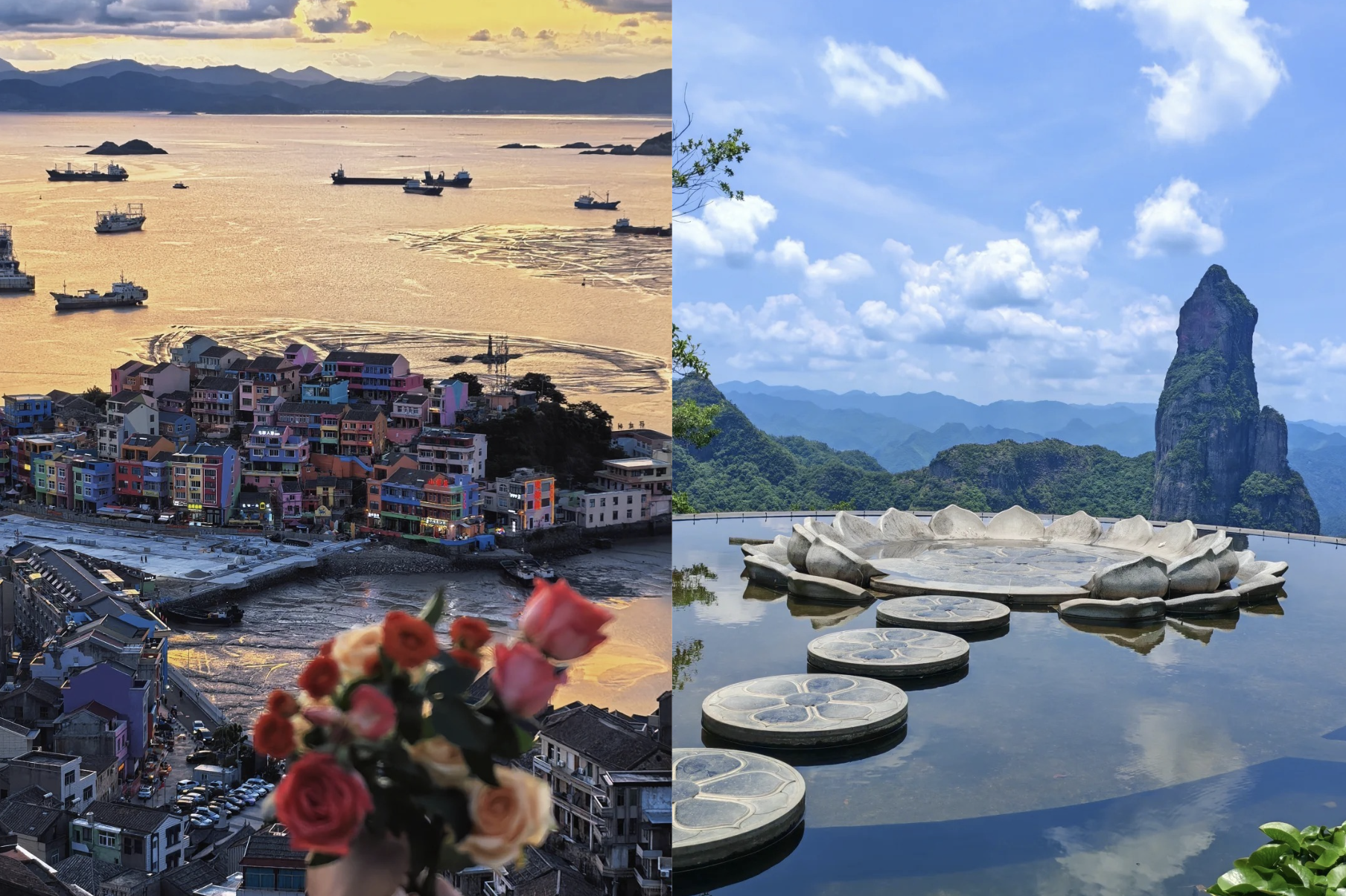
Farther north, Heilongjiang’s Da Hinggan Ling (大兴安岭) is a stunning autumn escape, with fiery red foliage and sweeping golden plains. Nearby, Arxan (阿尔山) in Inner Mongolia offers a similar fall landscape with the added allure of its UNESCO Global Geopark, home to volcanoes, natural springs, and scenic rivers. Late September through mid-October is the best time to visit both locations, and renting a car is highly recommended to fully take in the views.
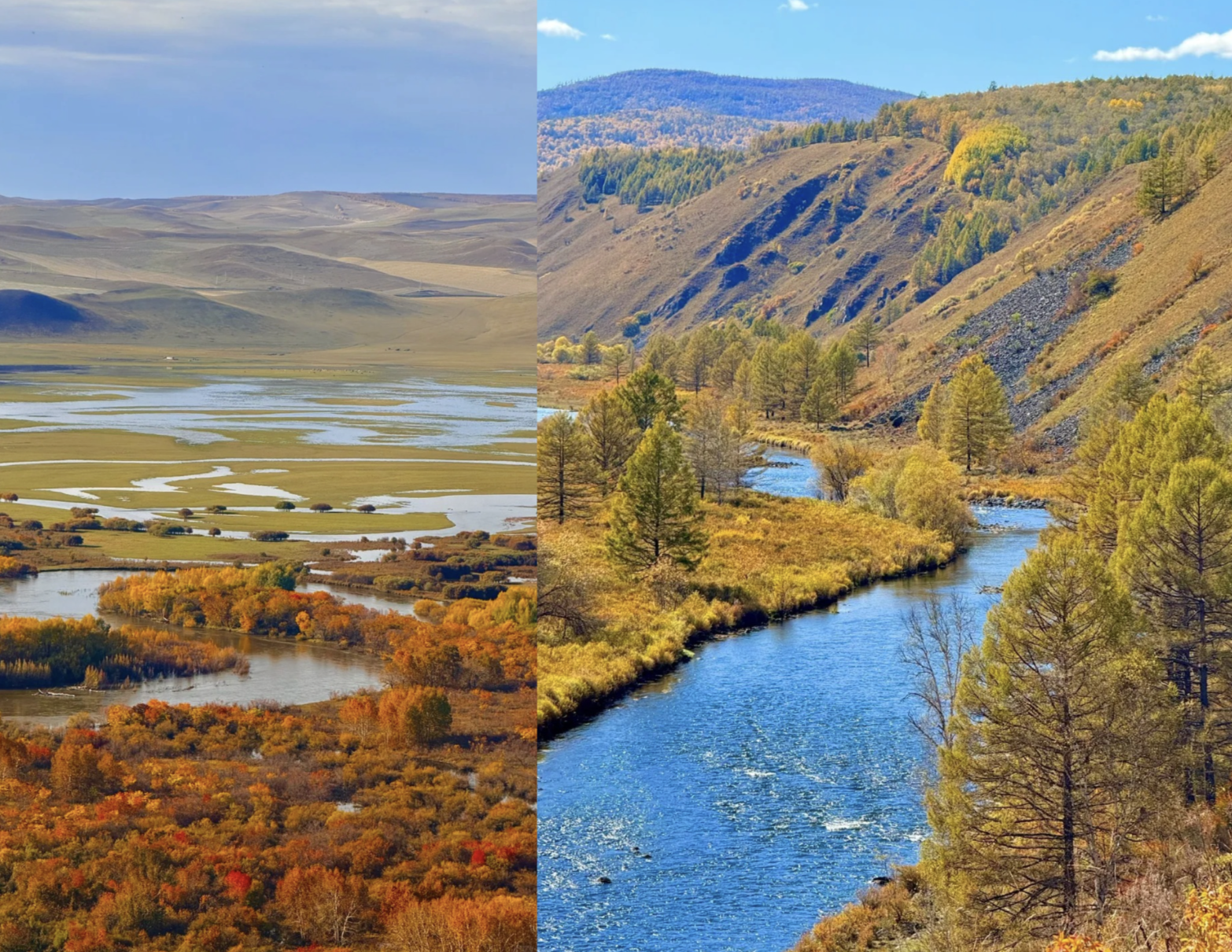
For international travelers, China’s Golden Week may not be the ideal time to visit, given the heavy crowds and inflated accommodation prices. But in the off-season, these “reverse travel” destinations make perfect companions to your usual stops in Shanghai, Beijing, and Chongqing. By venturing beyond the typical tourist locations, you’ll uncover cities that still retain their own rhythm and character. It’s often in these overlooked corners that China’s cultural richness shines through more vividly.
Cover image via RedNote.

